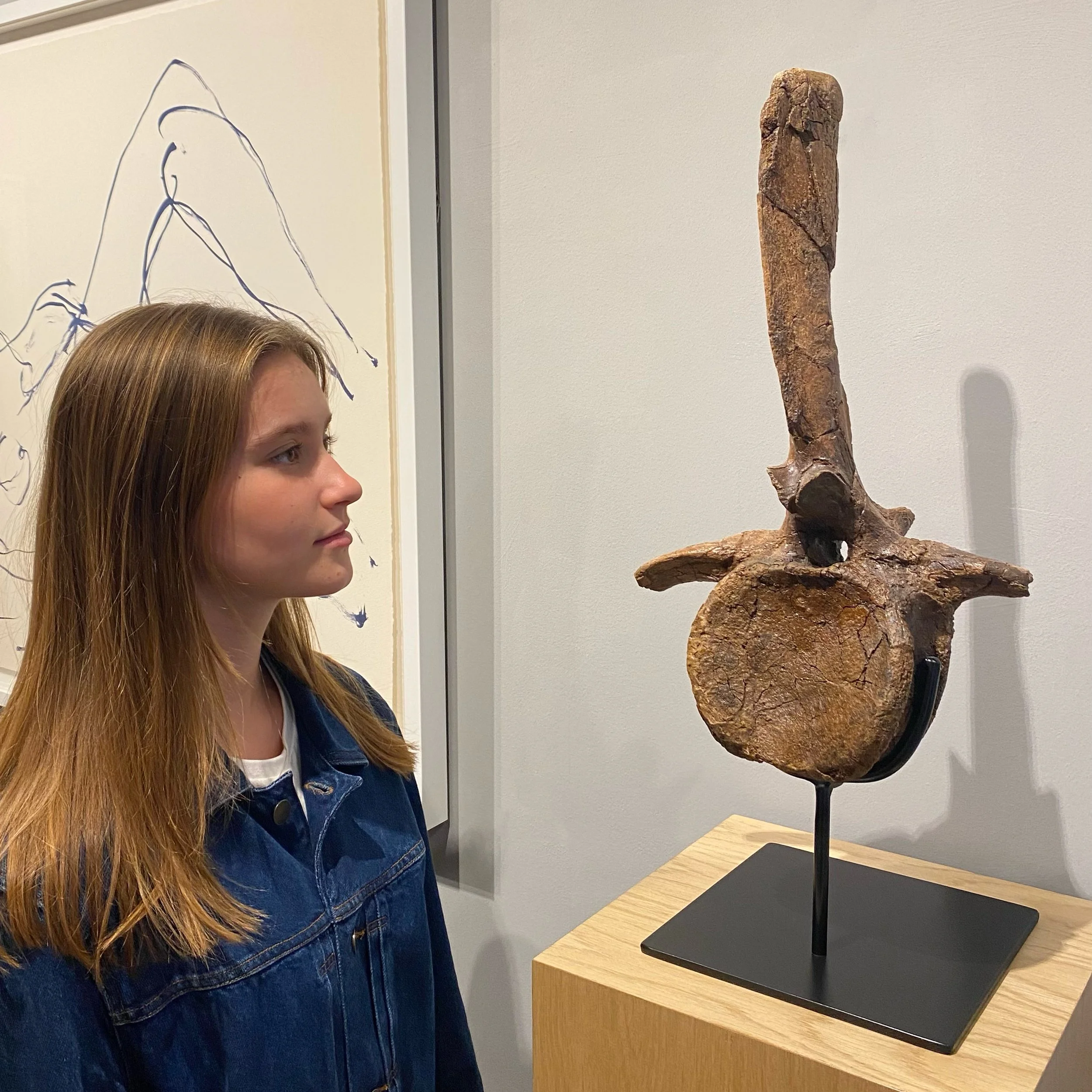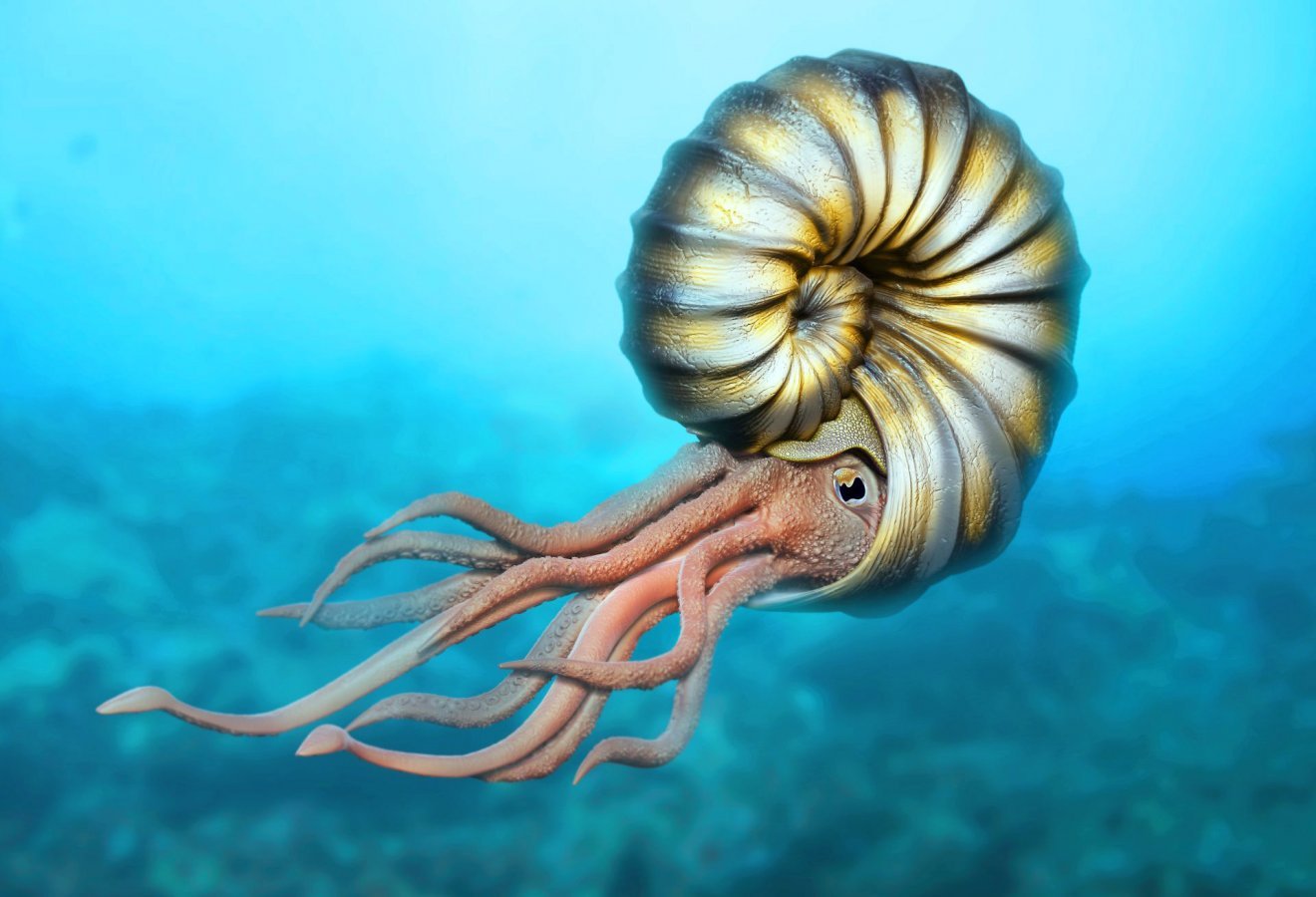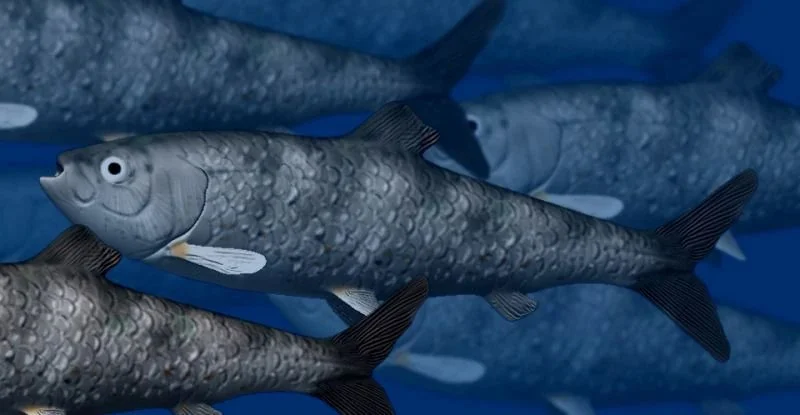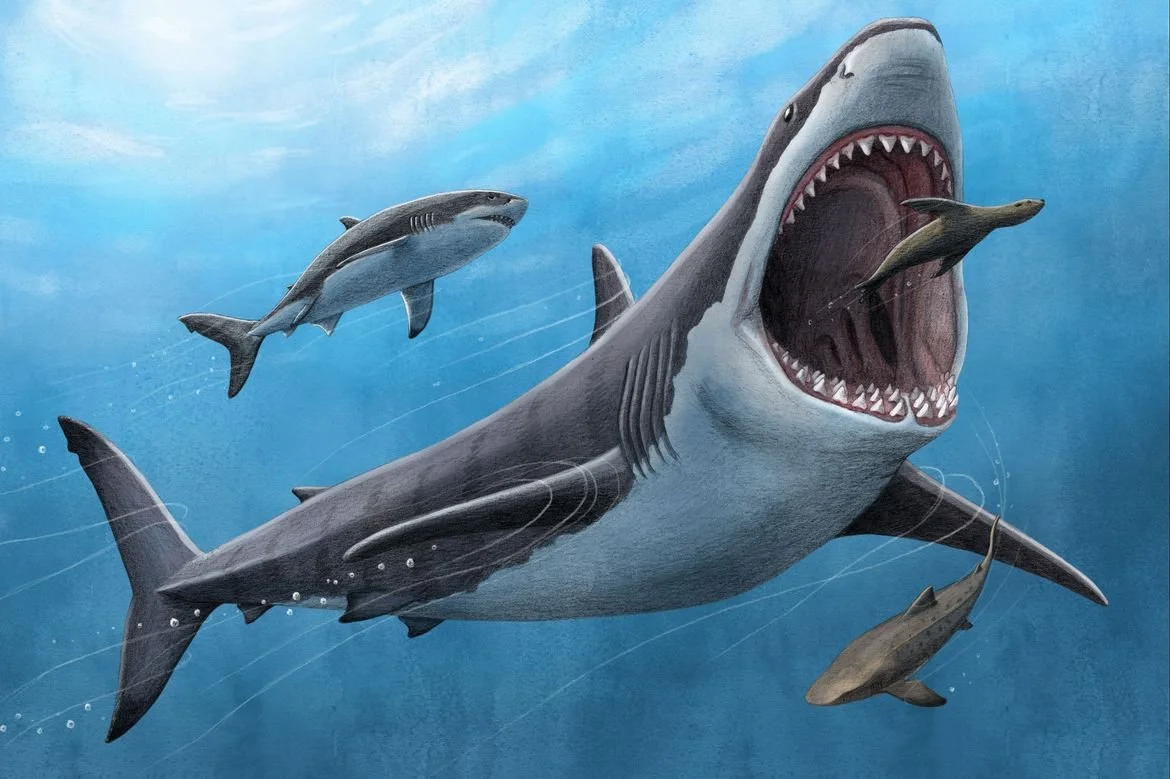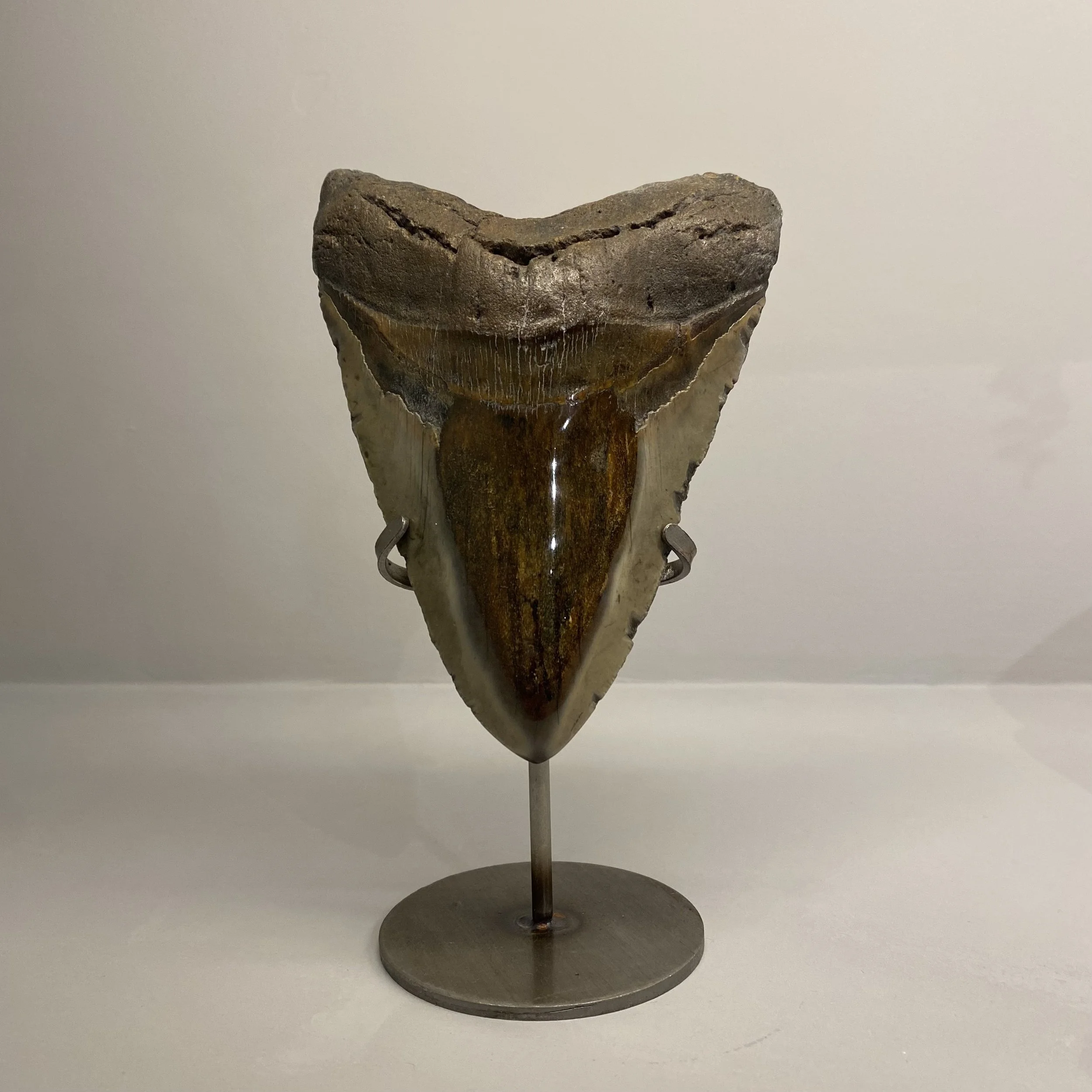Ancient Predators: The Extraordinary Objects Collection
Whether you're a paleontology enthusiast or simply curious about our planet's history, the world of dinosaurs never fails to captivate and awe. Let's journey back in time and marvel at the creatures within Extraordinary Objects collection that ruled the earth long before humans appeared on the scene.
What was a Mosasaur?
Existing more than 66 million years ago, the Mosasaur or ‘Mosasaurus’ was one of the largest aquatic creatures to ever exist on Earth, reaching a length of 50ft in total. Mosasaur would have dwelled the North Atlantic Ocean and are named after the Meuse River, the location where the first fossil specimen was discovered.
Image courtesy of The Dinosaur Database
Distinct for their streamlined skull bristling with teeth, a barrel like trunk for its middle-section and a long, powerful tail. Mosasaur breathed air much like whales do and therefore had to live near the surface of the water. They fed on whatever was around them that was edible like fish, ammonites and other mosasaurs. Mosasaur became extinct 66 million years ago when the ecological shock of a massive asteroid shook the Earth’s environment.
Edmontosaurus
Edmontosaurus was a large herbivorous dinosaur that lived during the Late Cretaceous period around 66 million years ago and is regarded as being North America’s most studied dinosaur. Its name means "Edmonton lizard" and was named after the location of its discovery, Edmonton in Alberta, Canada. Their appearance is notable for their distinctive bill-shaped mouth and they could reach up to 9 metres in length and weigh over 3 tonnes. Despite this, they could run up to 30 mph, allowing them to outrun predators like the T-rex.
The "king of collectors", John Bell Hatcher, found the first Edmontosaurus bones in the Lance Formation of Wyoming in 1891. But until two more skeletons were found in Edmonton, Canada, in 1917, the remains were thought to be from a different species of Claosaurus. Only then was it placed in a separate genus. Below is a closer look at the full skeleton of an adult and juvenile Edmontosaurus:
Iridescent Ammonite
Iridescent ammonites are fossilised shells of an extinct group of marine animals called ammonites, which lived during the Mesozoic Era between 240-65 million years ago. Ammonites were closely related to modern-day cephalopods such as squid, octopi, and nautili, but they had a distinctive coiled shell that could grow to more than two meters in diameter.
Image courtesy of British Geological Survey
The iridescence of ammonites is caused by ammolite, which contains a phenomenon called iridescence interference. This occurs when light waves are scattered and refracted by the microscopic structure of the shell material. The shell is made up of layers of aragonite, a mineral that has a unique crystal structure that reflects light. As light waves pass through these layers, they interfere with each other, creating a spectrum of colours that change depending on the angle of the light source and the observer.
Fossilised Fish - Knightia, Diplomystus, Priscacara, Mioplosus and Cockerellites
Famous mostly for its fish, the Green River Formation is an Eocene geologic formation that dates back more than 50 million years. Occurring due to mass sedimentation in a group of intermountain lakes in three basins along the current Green River in Colorado, Wyoming, and Utah, this site is one of the richest fossil sites in the world.
Image courtesy of ThoughtCo
Covering an area of more than 65,000 square kilometers, the site formed by lakes on the intermountain foundation being gradually filled with sediment, silt, mud and dissolved minerals from streams draining the steep slopes and preserving the deceased fish species.
Sometimes fossilised fishes are discovered with what appears to be another fish in their mouth; these fossilised fishes are known as "aspirations" and are thought to depict the quick demise and burial of a fish that choked and perished while consuming another fish.
Megalodon Shark
The Megalodon, an ancient shark species, was one of the largest predators to have ever existed. Estimates suggest that these colossal creatures could reach lengths of up to 82 feet (25 meters) or more. They swam the Earth's oceans approximately 23 to 3.6 million years ago, during the Cenozoic Era. This massive shark species ruled the seas for a significant portion of Earth's history.
Image courtesy of UCLA
Their diet mainly consisted mainly of large marine mammals, including whales, dolphins, and seals. Fossil evidence often reveals bite marks on whale bones, indicating the shark's formidable hunting prowess. Yet the extinction of these animals is widely debated by the scientific community. However the prevailing theory of their demise is based on climate change. 2.6 million years ago there was a huge shift in global temperatures causing the climate to cool drastically. Megalodons prey, but because of the changing climate, entire species that they preyed upon vanished forever. Simultaneously causing more competition for food alongside other apex predators such as the great white shark.
Icthyosaur
Uncovered by Mary Anning at the age of 19, the Icthyosaur was discovered on the Jurassic Coast in Dorset, which is now well known for its abundance of prehistoric fossils. Ichthyosaurs lived in waters that covered much of continental Europe during the early Jurassic Period, around 150 million years ago. They lived in both shallow and deep waters and possessed long, thin jaws with numerous teeth for preying on a range of animals, for example octopus, squid and cuttlefish.
Image courtesy of Live Science
Ichthyosaur (meaning fish-lizard) evolved streamlined, fish-like bodies for fast swimming and commonly grew to around 3 metres long. Their limbs were modified into paddle-like appendages used to steer the animal when swimming and they propelled themselves by using a well-developed fishlike tail and by undulating the body, similar to that of a dolphin.
A newly discovered species of Icthyosaur named ‘Shonisaurus sikanniensis’, which lived during the Triassic era about 218 million years ago, had a length of 21 metres, and has been recognised as the largest marine reptile of all time.




